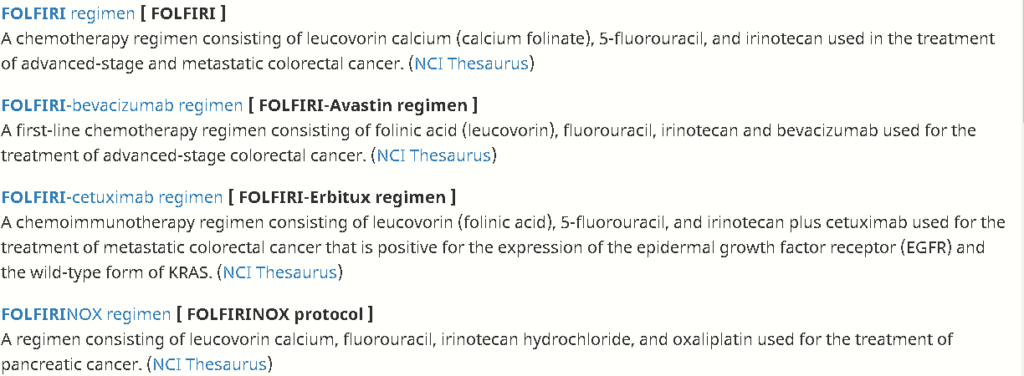“Recognizing that the genetic contribution to health disparities is likely to be relatively limited is not the only reason to question the wisdom of promoting genetic research under the aegis of health disparities.”1
“In several examples published under the aegis of the [Agency for Healthcare Research and Quality], the benefit side rests on the data from randomized controlled trials….”2
“[T]his definition and associated regulations have become de facto rules for US academic and other research institutions and are applied to any work done by their employees or under their aegis regardless of the source of funding.”3
While somewhat infrequently encountered in medical writing, aegis is occasionally used in content related to health policy, institutional oversight, or the conduct of research. It also is occasionally used to refer to a journal’s vouching for the validity of data or other findings published in its pages; when such validity is called into question, a journal may issue a full retraction or simply “withdraw aegis,” ie, issue a statement to the effect that the journal is no longer responsible for the data.4
In its original sense, aegis (Greek aigis [goatskin]) referred to the shield or protective cloak worn by Zeus or Athena in the myths of ancient Greece.5 In the centuries since, the word has by association come to be used idiomatically to indicate defense (“Feeling is the aegis of enthusiasts and fools.”6) or guidance or influence (“They made their valuable individual contributions, but under the Ellington aegis they found themselves constantly enriched musically.”6). Similarly, the word is perhaps most often used in the construction “under the aegis of” to express patronage or sponsorship (“under the aegis of the museum”) and, especially, protection (“a child whose welfare is now under the aegis of the courts”).5
All of which is perfectly comforting. However, the classical roots of the word are far less benign. Whereas aegis-like shields appear in Egyptian, Nubian, and Norse mythology and art,7,8 the most elaborate account of the origins and attributes of the aegis comes, as suggested above, from the narratives of ancient Greek mythology and literature, in which it is consistently depicted as an object possessing fearsome supernatural power.
In one such narrative, the goat deity Amaltheia suckles the infant Zeus, who then—in the curiously detached manner so frequently encountered in mythological accounts—breaks off her horns and flays her hide. From one of her horns Zeus fashions the cornucopia, or horn of plenty; from her hide, he fashions the shield or cloak that would come to be called the aegis, which he then wears, on the counsel of an oracle, into battle against the marauding Titans.9 However, in the hands of Zeus, king of the gods, the aegis is more than a protective device; when in his wrath he shakes the aegis from his perch atop Mount Olympus, thunder crashes, bolts of lightning slash the sky, and fierce storms devastate the land.10 Moreover, in the Iliad, Homer describes the device as the “tempestuous terrible aegis, shaggy [and] conspicuous… given to Zeus to the terror of mortals.”11
But the aegis is associated with deities other than Zeus. In the Iliad, for example, Zeus lends the aegis to Apollo, who wields it to push his enemies back to their ships12; in other accounts, Zeus lends the aegis to his daughter, Athena, goddess of war,12 or presents it to Athena after his conquest of the Titans.9 In the most colorful account, Zeus swallows his wife, Metis, whole—after which Athena is born from Zeus’ head, emerging fully formed and bearing the aegis and other weapons of war.13 Regardless of how Athena comes to possess the aegis, however, in her hands it becomes more formidable still. For example, in the Iliad Homer reverently describes the aegis as no mere goatskin but rather as “ageless and immortal,” worn by “bright-eyed Athene” and adorned with tassels of the purest gold12; moreover, elsewhere in the Iliad he describes the aegis as a dramatic golden cloak fashioned by Hephaistos, god of fire and metalwork,14 to resemble a scaly skin like that of a snake, linked and fringed with writhing serpents, and bearing in its center the severed head of the Gorgon Medusa, eyes rolling and scalp also bristling with serpents.11
Charming as this may be, given the provenance of the word and the fell associations that come with it, how did aegis, apart from its military associations, come to be used to express defense or protection? Perhaps more puzzling, how did it come to be used to express benevolent guidance, influence, or patronage? A possible clue is that whereas early accounts often depict Athena as cultivated, civilized, urbane, and wise, the economy of ancient Greece was bolstered by military pursuits, and in short order Athena came to be depicted as the goddess of war—although, importantly, her military might was tempered by the cultivation and divine wisdom earlier attributed to her.15 Thus, Athena is sometimes viewed as having 2 sides. The first is characterized as wrathful, tempestuous, and destructive; however, the other is characterized as divinely beneficent and endowed with the inclination and ability to grant the gifts of aid, wisdom, and protection to favored mortals.16 The power of both sides is wielded through the supernatural power of the aegis—hence Homer’s description of the device in the Iliad and its depiction in visual art as inky black or brilliant gold.11,12,16
Interestingly, however, while Athena extends divine beneficence and protection—backed by the wrathfulness also attributed to her—she does not authorize those mortals fortunate enough to come under her favor to act on her behalf. Thus, whereas in current usage aegis is correctly used to express defense, protection, guidance, influence, patronage, or sponsorship, its use to indicate “under the jurisdiction of” is considered incorrect.17 —Phil Sefton, ELS
1. Sankar P, Cho MK, Condit CM, et al. Genetic research and health disparities. JAMA. 2004;291(24):2985-2989.
2. Vandenbroucke JP, Psaty BM. Benefits and risks of drug treatments: how to combine the best evidence on benefits with the best data about adverse effects. JAMA. 2008;300(2):2417-2419.
3. Iverson C, Christiansen S, Flanagin A, et al. AMA Manual of Style: A Guide for Authors and Editors. 10th ed. New York, NY: Oxford University Press; 2007:157.
4. Hammerschmidt DE, Franklin M. The limits and power of peer review. Minn Med.
http://www.minnesotamedicine.com/PastIssues/PastIssues2006/June2006/CommentaryHammerschmidtJune2006/tabid/2527/Default.aspx. June 2006. Accessed February 13, 2013.
5. Aegis. Merriam-Webster’s Collegiate Dictionary. 11th ed. Springfield, MA: Merriam-Webster Inc; 2003:19.
6. Aegis. The Compact Oxford English Dictionary. 2nd ed. Oxford, England: Oxford University Press; 1991:22.
7. Aegis: in Egyptian and Nubian mythology. Museum of Learning Web site.
http://www.museumstuff.com/learn/topics/aegis::sub::In_Egyptian_And_Nubian_Mythology. Accessed February 15, 2011. 8. Aegis: in Norse mythology. Museum of Learning Web site. http://www.museumstuff.com/learn/topics/aegis::sub::In_Norse_Mythology. Accessed February 15, 2011.
9. Amaltheia. Theoi Project Web site. http://www.theoi.com/Ther/AixAmaltheia.html. Accessed February 13, 2013.
10. Zeus. Theoi Project website. http://www.theoi.com/Olympios/Zeus.html. Accessed February 13, 2013.
11. Hephaistos Works 2. Theoi Greek Mythology Web site. http://www.theoi.com/Olympios/HephaistosWorks2.html. Accessed February 13, 2013.
12. Teleporter: aegis mound. Entropia Planets Web site. http://www.entropiaplanets.com/wiki/Teleporter:Aegis_Mound. Accessed February 13, 2013.
13. Athena. Theoi Project Web site. http://www.theoi.com/Olympios/Athena.html. Accessed February 13, 2013.
14. Hephaistos. Theoi Project Web site. http://www.theoi.com/Olympios/Hephaistos.html. Accessed February 13, 2013.
15. Athena. Encyclopedia Britannica Online. http://www.britannica.com/EBchecked/topic/40681/Athena?anchor+ref85160. Accessed February 13, 2013.
16. Deacy S, Villing A. What was the colour of Athena’s aegis? J Hellenic Stud. 2009;129:111-129. http://journals.cambridge.org/action/displayAbstract?fromPage=online&aid=6779888. Accessed February 13, 2013.
17. Bernstein TM. The Careful Writer: A Modern Guide to English Usage. New York, NY: Athaneum; 1985:29.


